How to plant and grow "Moskvich" ("Muscovite") tomatoes - description of the variety and advice to gardeners
Created by geneticists of the Institute named after NI Vavilov more than fifty years ago, the "Muscovite" tomato variety is still very popular among vegetable growers. Due to the early ripening of the fruits, this plant is especially fond of the inhabitants of the northern regions of our country, where other varieties of tomatoes do not have time to reach full maturity in a short summer. Juicy, beautiful, tasty fruits are great for salads and tomato preparations.
The official name of the variety is "Muscovite", but some gardeners call it "Muscovite" tomatoes.
Features of the variety
The Moskvich variety was obtained by Russian scientists in 1976 as a result of crossing two varieties - Nevsky and Smena. Due to undemanding care and resistance to small temperature changes, the plant can grow in open ground without additional shelter. By planting this type of tomato, even in a cold summer, it will be possible to harvest a good harvest.
Main characteristics and description of the Moskvich variety:
- Ultra early ripening variety - it takes about 90 days from planting in the ground to full ripening of the fruit. Under unfavorable weather conditions, this period increases to 105 days.
- Determinant - the growth of the main stem ends spontaneously after the formation of three to four brushes. Therefore, you do not have to tie up the bush and pinch the top.
- The shape of the bush is a strong standard trunk no more than 50 cm high with a moderate amount of green mass.
- The leaves are dark green, not very large.
- Fruits are round, slightly flattened near the stalk, average weight - 80 g. Ripe tomatoes acquire a deep red color. The vegetable is not watery, has a pleasant sweetish taste, and is covered with a dense skin.
The advantage of the variety is its high yield. With proper planting from a plot of 1 m2 you can collect up to 15 kg of vegetables. Due to the varietal characteristics and the short growing season, the plant is resistant to fungal diseases and late blight.
Fresh tomatoes are used for making juices and salads, they are added to soups and hot snacks, and used in conservation. Tomatoes of this type have a dense skin, thanks to which they are perfectly stored and transported.
How to grow seedlings correctly?
For growing tomatoes "Muscovite" use the seedling method. The optimal time for planting seeds is after March 15, when the day becomes noticeably longer and there is enough light so that the seedlings do not stretch out.
Seeds purchased from a store or obtained from last year's tomatoes must be disinfected before planting. To do this, a gauze bag with seeds is immersed in a 1% solution of potassium permanganate for 20 minutes, after which it is washed under a tap and soaked in a growth stimulator for several hours. Swollen seeds are planted in a previously prepared soil mixture of soil, sand and vermicompost.
Small containers are filled with soil and grooves are made in it with a depth of 1 cm. Between the rows and seeds in each of them, gaps of about 2 cm must be left. Carefully spreading the seeds into the grooves, sprinkle with loose earth and watered with warm water. The container with the seeds is placed in a plastic bag and placed in a warm, not necessarily light, place until the first shoots appear.
Instead of a container, you can take small cups or special cassettes for growing seedlings. They are also filled with soil and two tomato seeds are placed in the middle of the container. After the plants have emerged, the weakest sprout is removed by cutting off the stem near the surface of the ground.
After 5-7 days, when slightly noticeable green sprouts appear, the container must be opened and placed on the windowsill in the brightest room. It is desirable that these are windows facing south.
Water the seedlings only if the soil in the container becomes dry.
When two real leaves appear seedlings must be dived, that is, transplant each plant into a separate glass. To do this, using a knife or a teaspoon, carefully dig in the sprout under the root and transfer it to a new place. Freshly transplanted plants need to create gentle conditions for several days: shade, water, make sure that the air temperature does not fall below + 20 ° C.
The seedlings will be ready for planting in the ground in about 45 days, during which the plants must be watered on time and fed twice with fertilizer.
Planting seedlings in the ground
The land on the plot for growing tomatoes is prepared in the fall. It is carefully dug up, weeds are removed and a bucket of humus is added for each square meter, since Muscovite tomatoes are very fond of fertile soil. Spring preparation consists of harrowing and wood ash application in the amount of 100 g per 1 m2 and 1 tbsp. l. potassium.
If some vegetables were previously grown on the site, then you need to pay attention to the fact that you should not plant tomatoes after potatoes, bell peppers, eggplants, peas. These plants suffer from the same diseases and attract the same pests, so it is highly likely that fungal spores or larvae of harmful insects will remain in the soil from the predecessors. It is best if pumpkin or cabbage grew on the future tomato plantation.
As soon as the soil warms up enough and its temperature is not lower than + 15 ° C, the seedlings can be planted in the ground. Bushes of the “Muscovite! very compact and low, but if they are not pinned, they can grow to the sides for a decent distance. Therefore, the spacing between plants in a row and the spacing between rows must be at least 60 cm.
A separate hole is dug under each sprout, in which the earth is spilled with warm water. Then they carefully roll the plant together with an earthen lump into a hole, sprinkle it with earth, and slightly tamp it. The land around the plantings can be covered with some kind of mulch: dried lawn grass, sawdust, tree bark. It is better to shade the plants with a covering material for a while.
Care features
Caring for a tomato of the "Moskvich" variety consists in timely watering, loosening and feeding. Water the plants under the root with not too cold settled water once a week. As soon as the process of fruit formation is completed, watering can be stopped. After each watering, the soil is carefully loosened and spud planting.
Depending on the composition of the soil in which the plants are grown, tomatoes are fed once every two weeks with a complete soluble fertilizer. To protect the bushes from the appearance of apical rot, calcium nitrate is added to the fertilizer.
The seed producer indicates in the description that growing vegetables of this variety does not require the removal of stepchildren. However, if you cut off the stepson's processes under the first flower brush, the fruits will be much larger, and the bushes will be more compact. In this case, seedlings can be planted much more often, for example, 8 shoots per 1 m2.
Experienced vegetable growers advise summer residents to start mastering the agricultural technology of tomatoes with the Moskvich variety. Resistant to any weather disasters, with good characteristics and immunity to diseases, this type of tomato will give a good harvest even under adverse conditions. Due to the compactness of the bush "Muscovite" can be grown on a balcony and a small summer cottage.
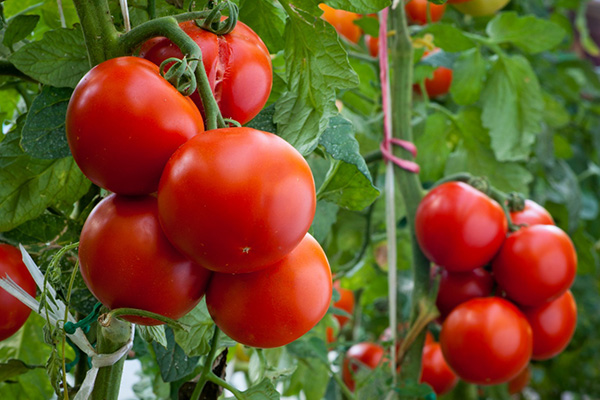
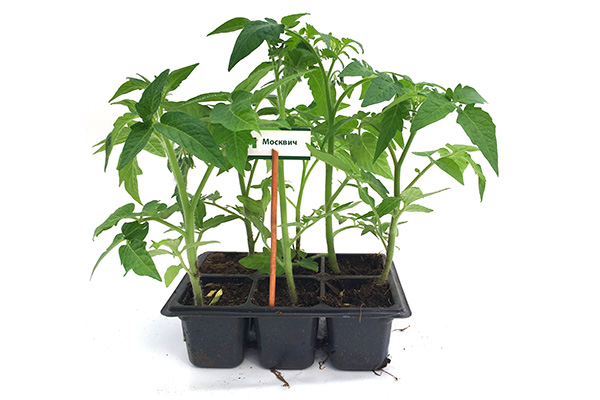
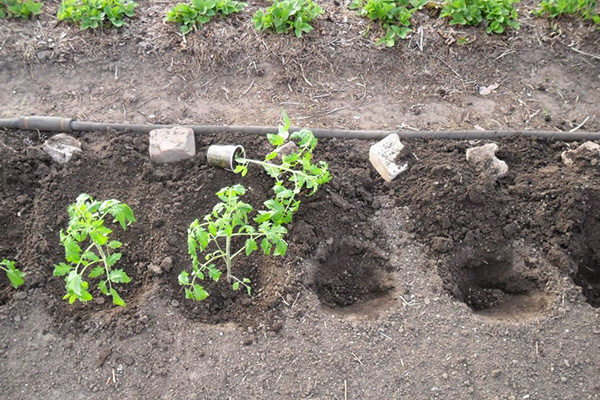

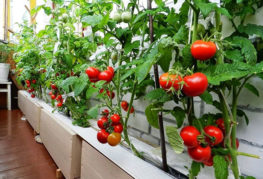
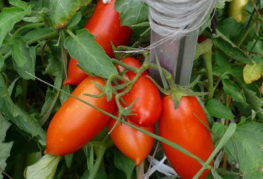
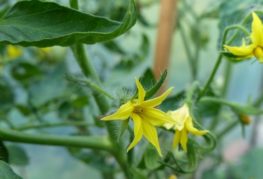
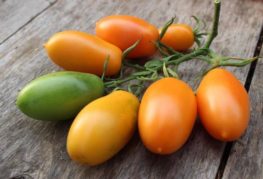
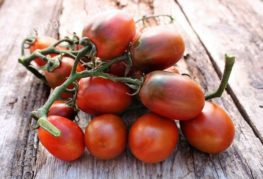
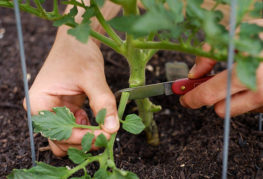
and will be published shortly.